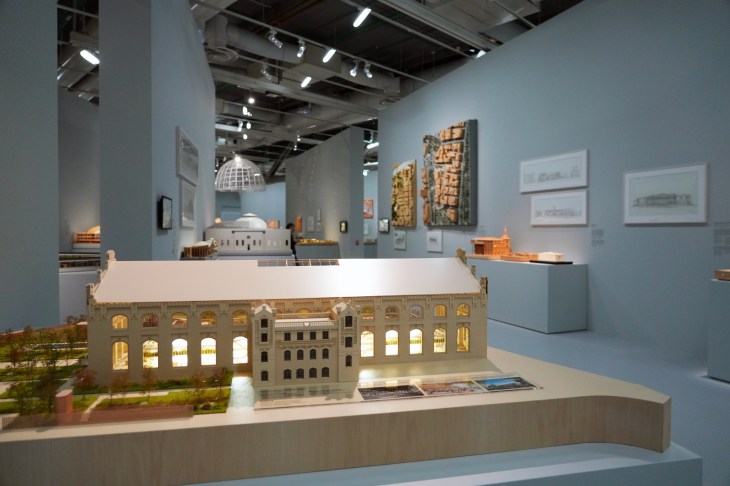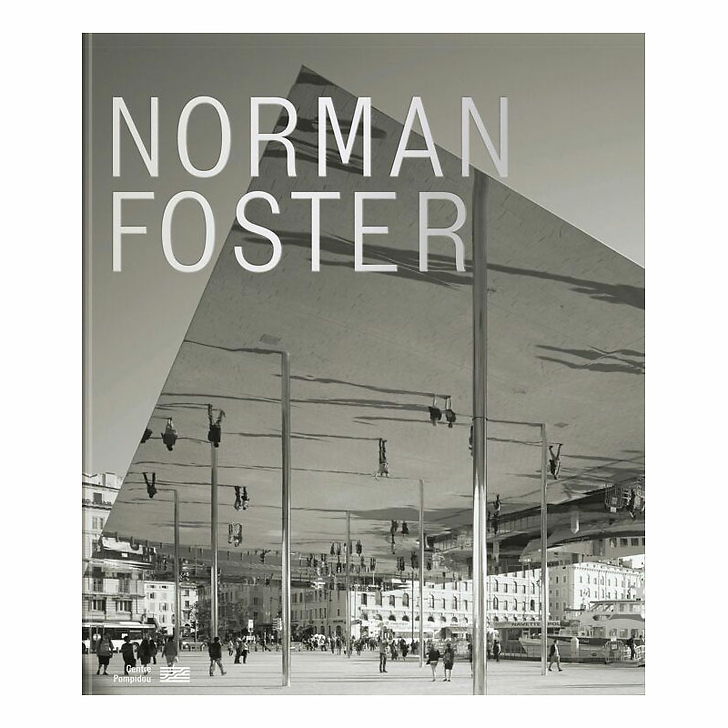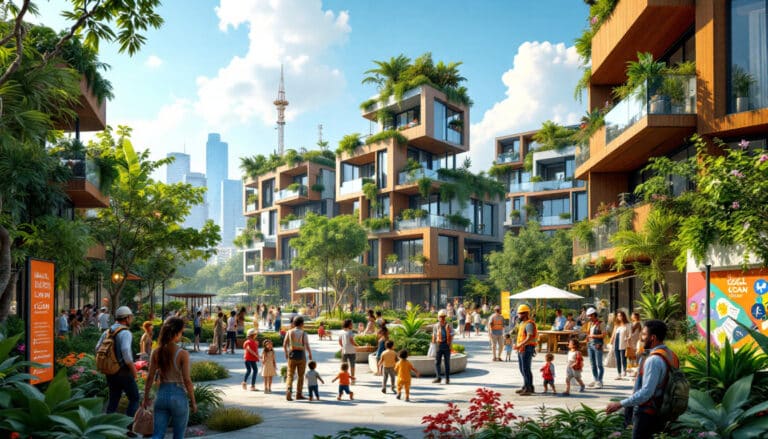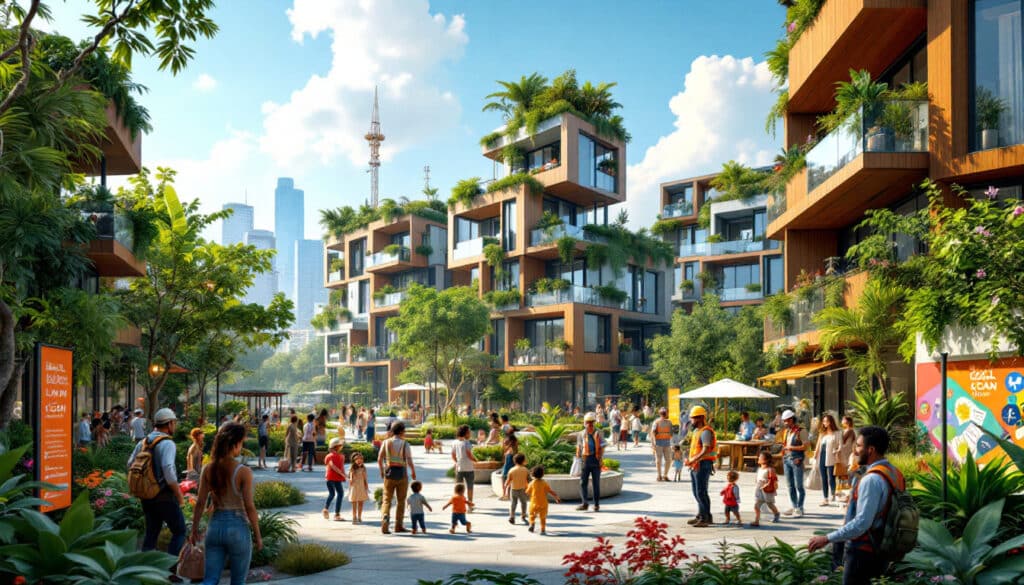Table of Contents
ToggleNorman Foster and Ecological Architecture
Norman Foster is a renowned architect, recognized for his ability to marry technology And ecology in his achievements. It adopted a systemic approach that combines technological progress with the principles of sustainable development. Through emblematic works, he has integrated environmentally friendly solutions, thus revolutionizing our conception of buildings modern.
Foster positions himself as a fervent defender ofgreen architecture, advocating designs that promote harmonious cohabitation with the nature. Additionally, it uses advanced tools including theartificial intelligence, to push the creative limits, while ensuring to minimize the ecological footprint of its projects. His work has had a significant impact on modern cities, encouraging a sustainable and innovative vision for the future of architecture.
Norman Foster and modern ecological architecture
Norman Foster, a true pioneer of modern architecture, stands out for his ability to merge innovation technological and sustainability. His architectural approach is based on a deep understanding of the environmental issues of our time. Through its emblematic projects, it advocates a return to nature by integrating solutions that reduce the ecological footprint of buildings.
He often states that his artistic quest is to create spaces which not only meet human needs, but which are also part of a desire to ecological preservation. Through the use of recyclable materials and the implementation of sustainable energy systems, Foster shows that architecture can and must contribute to a greener future.
His work extends beyond simple architectural design; it redefines the relationships between urban planning and nature, encouraging a dialogue between architecture and its environment. By integrating the high technology through his projects, he proves that it is possible to combine modern comfort and respect for the environment, thus inspiring a new generation of architects to consider creative and sustainable alternatives.

Norman Foster: Visionary of modern ecological architecture
Norman Foster, one of the most influential architects of our time, left his mark on the world with his contributions to modern architecture, combining innovation and respect for the environment. Born in 1935 in Manchester, England, he began his studies at the University of Manchester before continuing his training at the Yale School of Architecture. Over the decades, Foster has built a global reputation for his bold, forward-thinking designs, often incorporated into major projects.
At the heart of his architectural approach is a strong conviction: architecture must not only respond to human needs, but also respect the planet. This resulted in a systemic approach to design, where nature and technology coexist harmoniously. By integrating principles of sustainable architecture, Foster has been able to transform entire cities while improving the quality of life of their inhabitants.
Among his most emblematic achievements, we find the Reichstag in Berlin, a building that embodies its commitment to transparency and sustainability. The glass dome that Foster added symbolizes light and openness, while allowing for optimal use of natural energy. This project perfectly illustrates his ability to reformulate traditional architectural concepts towards a more ecological perspective.
Foster + Partners, the firm he founded in 1967, integrated advanced technologies into its projects. This includes efficient energy systems and sustainable materials, hallmarks of Foster’s designs. For example, the 30 St Mary Ax in London, also known as “Gherkin”, is a feat of sustainable engineering. Its aerodynamic shape reduces winds, while the interior gardens provide an urban ecosystem beneficial to occupants and biodiversity.
Another notable project is the Hong Kong International Airport, one of the greatest achievements of the 20th century in terms of sustainable architecture. This terminal pushes the boundaries of design, combining aesthetics, functionality and respect for the environment. Foster proves here that committing to ecology does not mean giving up on innovation or the visual appeal of urban structures.
Norman Foster’s vision doesn’t stop at designing buildings. He strongly advocates for the importance of technological knowledge in the architectural sector. His work on artificial intelligence in the architectural field offers a new creative dimension where technology enriches the design process. Foster explores how artificial intelligence can increase energy efficiency and optimize the design of urban spaces.
With an approach that blends modernity and a strong sense of ecological responsibility, Norman Foster has truly redefined the standards of contemporary architecture. His work continues to inspire new generations of architects, prompting collective awareness of the importance of sustainable and environmentally friendly development. Under this influence, modern architecture was transformed, combining technological innovation and love of nature.














